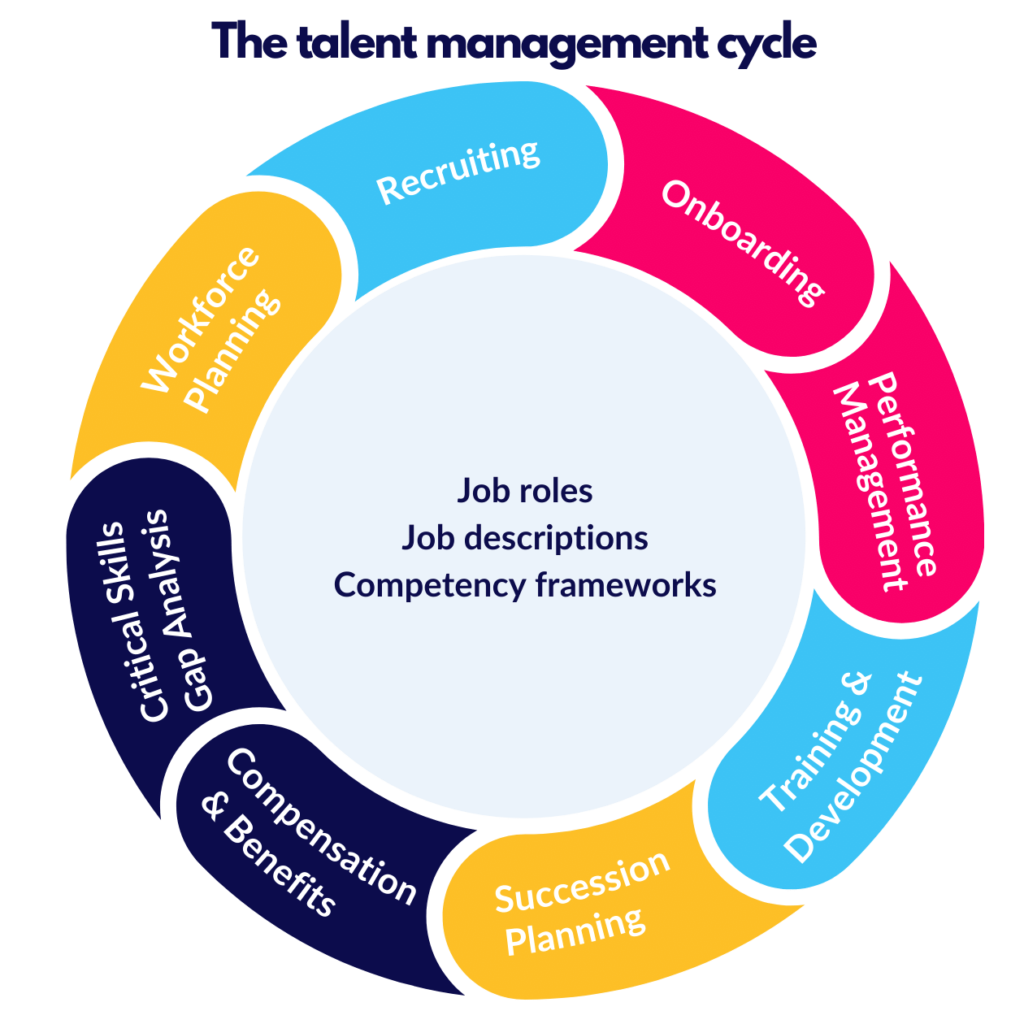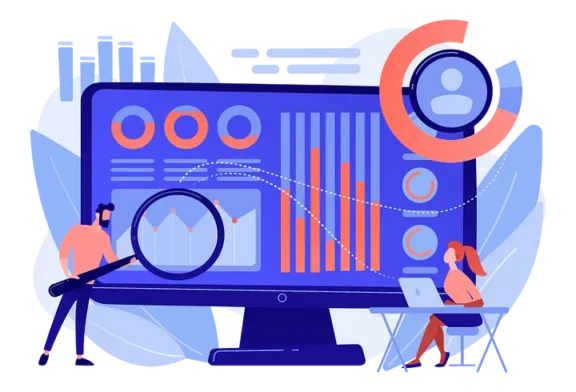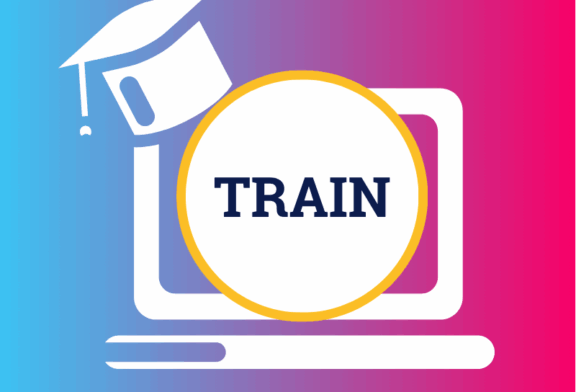Blending technology with human capabilities (automation and AI)
In today’s world, it is hard to imagine a business that doesn’t use technology to some degree or another. Not necessarily talking about automation and AI, just to write an e-mail for example. But the way we utilize digital tools is changing. You might now think ‘sure we are using it more and more’ and you would be right. Even prior to the disruptive events of 2020 we have seen an increase in how much we use technology.
An important question to consider is not just the amount of technology we use, but what we use it for.
Look at it this way. If you were asked to list all the technology you and (most) of your employees use within your organization, you would be likely to note laptops and computers. You might be more specific and outline software like Microsoft 365, Word, Excel, PowerPoint and the list goes on. Whilst these are undoubtedly useful, they merely enable us to do our work better and more effectively. This is the biggest difference. Do you use technology as an enabler or as something transformational? Thus, leveraging technology to go beyond work optimization. In other words, exploring or leaning into automation and AI at some level.
The difference between Automation and AI
Both are associated with software or physical robots and other machines that allow us to operate more efficiently and effectively — whether it’s a mechanical construct piecing together a car or sending a follow-up email the day after your customer hasn’t completed his order.
Although often used interchangeably there’s a difference between Automation and AI. The easiest way to imagine this is the following: Whereas automation starts with a problem and a programmer who develops data-driven algorithms with a user-friendly interface (such as workflows) that try to solve the problem, AI does the opposite. It studies the data and finds patterns. Then analyses the data find patterns and based on these patterns it can make predictions. The more data you ‘feed’ the system with, the more information it has to ingest, thus identify patterns and optimize and predict trends. Those predictions can help with human decision making, essentially amplifying human capabilities. Jobs that are enhanced by AI are referred to as ‘superjobs’ similarly teams that consist of people who have access to AI are what Deloitte calls ‘superteams’.
Automation and AI in a HR context
One of the initial drivers for the emergence of HR specific technology was the need for automation. Because many HR activities (employee onboarding, payroll, time off and timekeeping, benefits administration etc.) depend on document-driven processes, doing these manually can be repetitive, time-consuming, and very inefficient. Therefore, digitizing these processes frees up time for the HR function to focus on more strategic tasks. But it gets better. By providing employees with a seamless process, you will inadvertently start creating better employee experiences as well.
The possibilities for the use of AI and automation are almost endless so, perhaps a good way to identify key areas is by looking at the different elements of the talent management cycle. Often the different aspects blend into each other so, for the purposes of this article we will focus on workforce planning, recruitment, onboarding, performance management and skills gap analysis.
Workforce planning: Automation and AI
AI-driven systems can take massive amounts of data and examine it for patterns in real-time. What traditionally may have taken managers weeks or even months to collect, measure, analyse, and act upon, can be accomplished at a far faster pace, providing managers with a more accurate way to keep their finger on the pulse of their company.
This can take place on various levels. Managers can analyse individual employee patterns, site-specific patterns, or company-wide patterns.

Case Study: Coca-Cola Enterprise
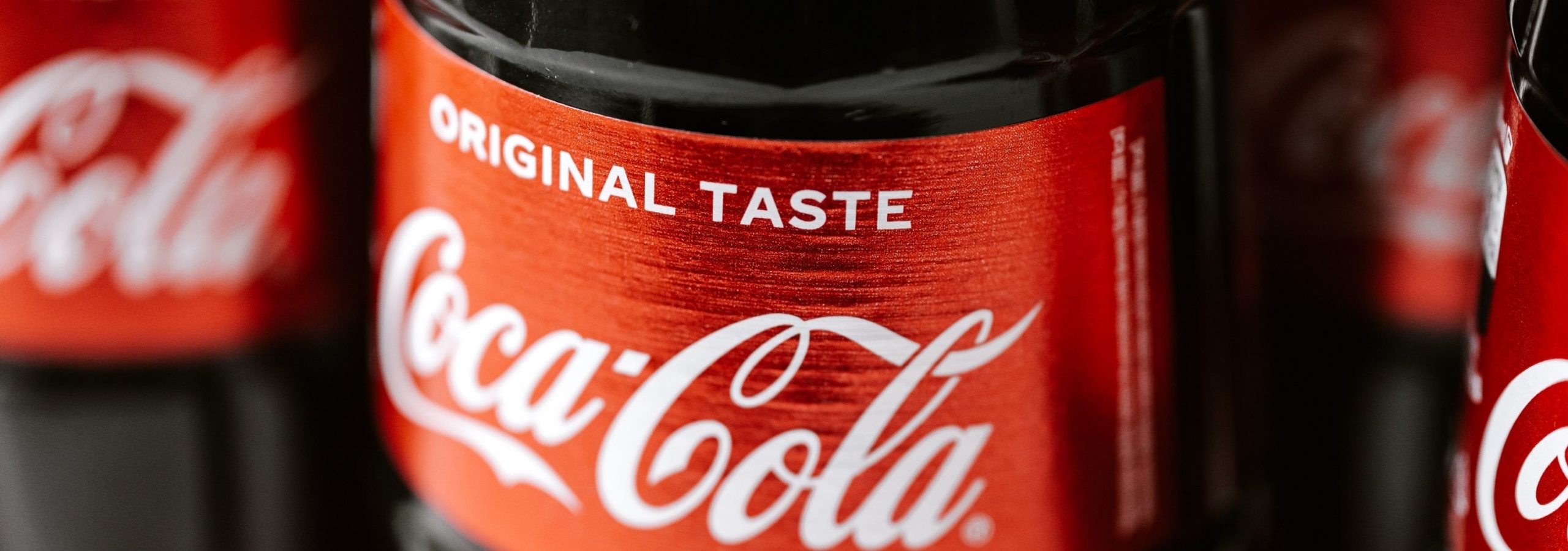
Coca-Cola started out by automating as many of the basic descriptive reports as it was possible. Their biggest challenge was coping with the sheer number of reports the team had to produce. This prevented them to focus on value-adding activities. By investing in an out of the box system which provided them with standard metrics and measures and enabled quick and simple descriptive analytics. Coca-Cola decided not to implement a new set of standards from scratch, instead, they piloted pre-existing measures within the application and applied these to their data.
The next stage was moving away from descriptive (analysis of past events) reports towards predictive approaches and correlation analysis. HR reporting and analytics team have partnered with the HR function and provided insights that have helped to develop more impactful HR processes and deliver greater outcomes. A lot of this was based on engagement data. Tracking sentiment alongside other measures was a good indication for sense checking the power of HR initiatives and general business processes. This has led CCE to be able to assess the correlation between sentiment and business results.
While they found that there was a positive correlation between how leaders communicate and business outcomes the company understands that it doesn’t necessarily imply causation, thus they are keen to investigate further. The key takeaway here is CCE continuously supplying its ai and analytics system with data and minimising bias. Read the full case study here.
Recruitment
Possible uses of automation
- Posting job ads,
- Tracking responses,
- CV screening,
- Pre-employment assessments,
- Organising and prioritizing candidates based on set criteria,
- Automated email flows.
Possible uses of AI
- Extracting data points from video interviews and examining visual and verbal cues while comparing word choice, facial movements, body language and tone of voice to help identify the best candidates
- Interact with candidates through a conversational UI (user interface). These are essentially chatbots that can screen talent using customizable questions.
Case Study: Hilton
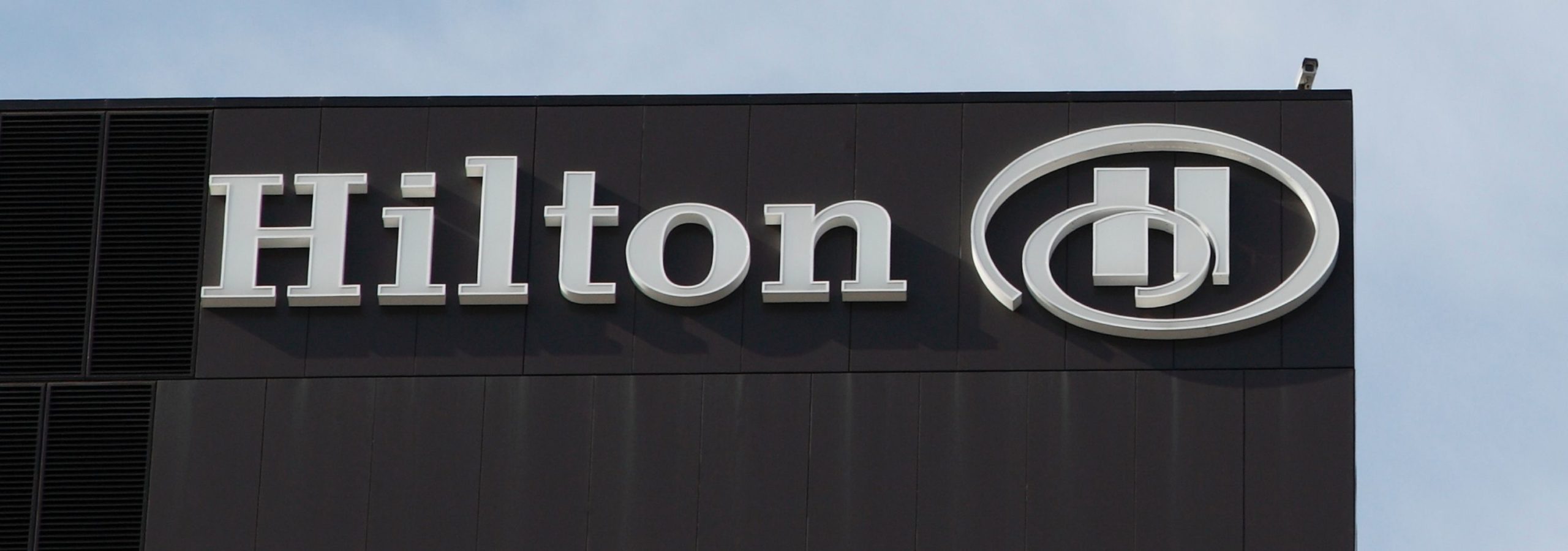
Hilton is one of the most widely cited use cases for how an organization can successfully use AI and automation for recruitment. The hospitality giant managed to reduce its recruitment cycle from 43 days to 5 by adopting innovative HR technology. In a candidate-driven market Hilton wanted to ensure that they can capture and hold the attention of potential prospects. Its previously lengthy and cumbersome recruitment process did neither of those. They implemented the following: Interviewing tools rooted in Artificial Intelligence that allow the company to interview candidates simultaneously without the recruiter being present. By doing this they reduced their process by 88%.
Additionally, with the implementation of the new hiring software, a combination of video interviews and AI-based predictive technologies helped Hilton focus on sourcing the right talent. These tools were able to assess a candidate’s intonation, vocabulary and nonverbal gestures to identify traits commonly associated with top performers
Onboarding (& offboarding)
Onboarding employees centres around verifying and signing documents and forms, setting new starters up on internal systems and granting access to various tools, raising device requests etc. It is when “new employees decide to stay engaged or become disengaged.” (T-HQ)
Possible uses of automation:
- Creating automatic notification and approval workflows, collect e-signed forms and automatically generate official PDF documents (Automatically de-activate employees from the system at the end of their last day and a message sent to their manager to confirm.) deactivation
- Identifying missing information and setting up reminders automatically based on an action
- Built in worksheet builders can be used to assign onboarding and offboarding worksheets and tasks to new or leaving employees or contractors
Possible uses of AI:
- FAQ chatbots: Most new recruits will have a lot of basic questions (regarding connecting to the office WiFi, setting up an email account, or log-off/screen-lock protocols etc) Chatbots can create a feeling of a conversation whilst saving human time.
- Organizational Network Analysis can help new recruits identify which relationships to cultivate within their department and business to produce the best output
Case Study: HubSpot
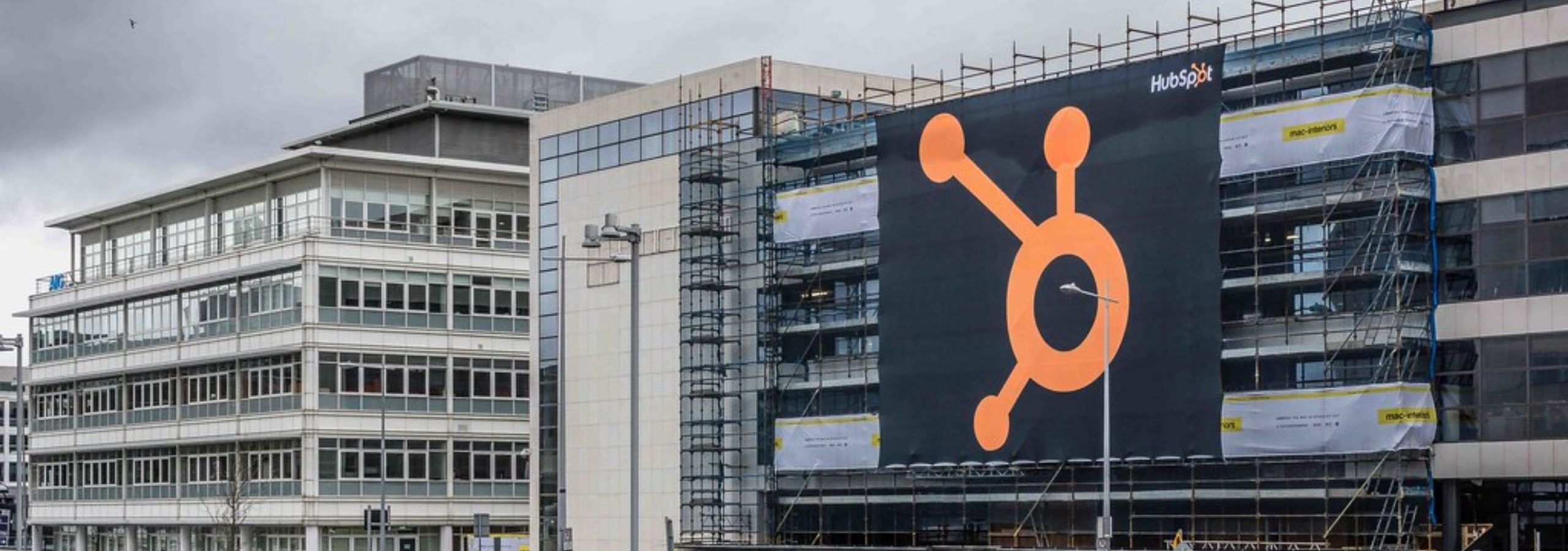
The inbound marketing and sales software company HubSpot uses Slack’s ‘Chiefonboarding’ chatbot for its onboarding with the aim to delight employees from their very first day when they might feel a bit overwhelmed. The company uses the chatbot to guide newbies through their training and gently remind them of the reasons for joining. Employees are communicated important first-day materials via the chatbot and it also connects them to employee resource groups. The platform also informs them of upcoming HubSpot activities, which further builds culture and a sense of belonging. Read the full case study here.
Performance management
Possible uses of automation
- Linking individual and departmental (possibly even cross project) goals to main organizational objectives
- Constant 2-way communications. Automated employee performance management systems can facilitate managers and HR to keep in touch with employees constantly
- Real-time visibility of performance trends. Up to date analytical reports that include continuous feedback and evaluation allow for data driven decisions.
Possible uses of AI:
- Understanding, without bias, who within organizations are the real performers and future leaders and prioritize their retention
- Driving real-time touch points – face to face with a manager or through AI-driven platforms such as chatbots
- Using raw data and insights driven by algorithms, AI can make unbiased recommendations regarding salary, bonuses and career progression
Case Study: Google

Google states on its website that it “use[s] People analytics as a foundational building block that informs everything we do to find, grow and keep Googlers”. This approach actually reflects everything that the company stands for and is core for its business. Their goal is “to bring the same level of rigour to people-decisions that we do to engineering decisions.”
This is also the case when it comes t their HR function. With the use of people analytics (which is essentially data-based decision-making based on an algorithm) Google has removed subjective decision-making from this area of its business. This applies to culture, health and wellbeing initiatives (their decision to offer free food was based on analytics) as well as performance management. In fact, Google have actually used performance management to transform their culture.
By relying on “people analytics,” a mix of qualitative and quantitative data, the company has been able to improve its performance management processes, employee performance, and overall employee experience. Unsurprisingly Google uses both automation and AI and within these everything that we mentioned above.
For example, they regularly check in with their employees holding one-to-ones, especially prior to a scheduled review. They also integrate 360-degree feedback in their performance appraisal which include employees’ self-evaluation as well. All of these activities lead to rich data sources.
Skills gap analysis
For HR, the skills gap analysis is a way to find out which skills and knowledge are lacking among the employees in the business. Of course, this strongly links to the learning and development aspect of the talent management cycle as well.
Possible uses of automation:
- Real-time information or a snapshot of all the company’s skills at any given time
- Examining individual employees key performance indicators (KPIs)
- 360-degree feedback process whereby you determine the current skill set of your employees by gathering feedback from everyone who comes into contact with the employee
Possible uses of AI:
- Providing an overview of capabilities for employees to prepare for job changes based upon projected areas of need, aligned career goals
- AI technology can also help identifying where the skills demand is, or will be
- It can recommend jobs where demand is increasing, so that workers can focus on developing skills needed for future career progression
Case Study: IBM
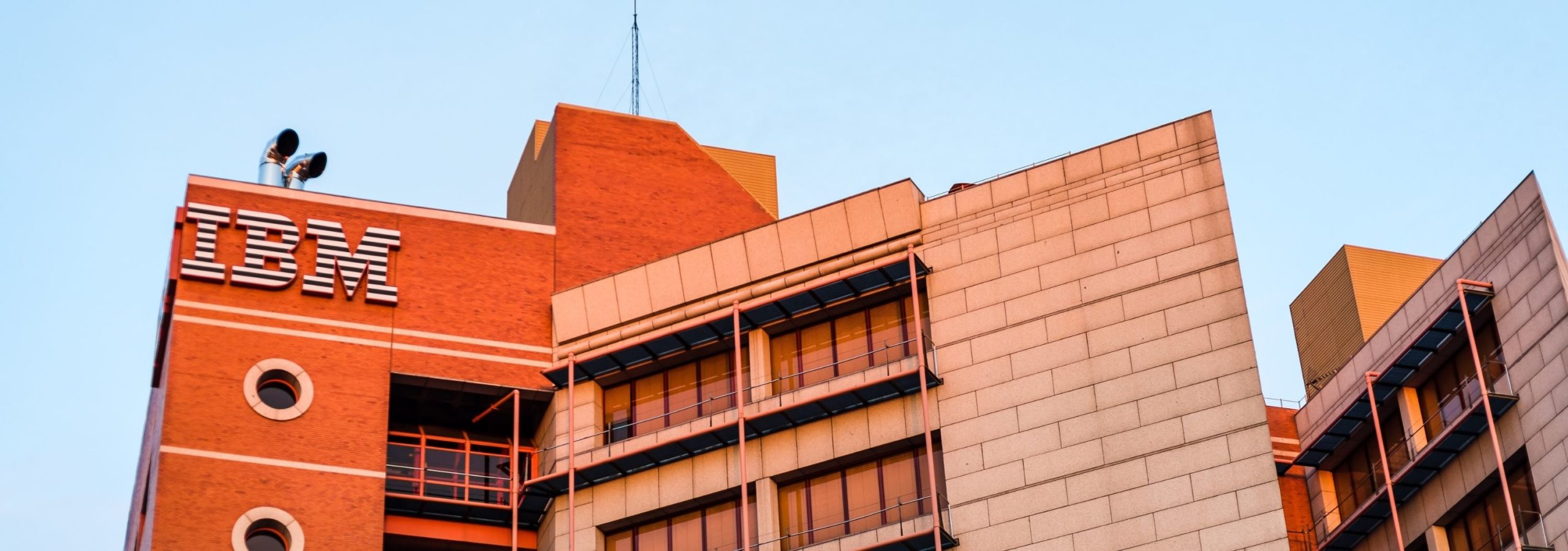
IBM has based its entire people strategy on automation and AI. With its digital marketplace shifting to cloud computing close to 50% of its portfolio changed to representing new products and services. For the organization to be able to develop its business objectives and success, it needed to adopt a skills-based strategy. This was a big move away from the lack of consistent employee skill profiles, relying on outdated information.
Their approach was based on the basics of skills-gap analysis: Identify the skills you have and the skills you need and close any gaps. The enterprise developed an AI system that can infer employee skills and skill competency levels based on the digital footprint of everyone. IBM predicts skill supply by assessing and measuring the skills of their workforce on a regular, automated basis. The outcome is a reliable baseline to monitor our skill position over time and provide needed details for targeted workforce planning.
The bottom line
Blending technology and human capabilities is paving the way for the future. Whilst automation saves time, effort and can speed up many aspects of a business it is AI that takes everything to the next level. Leaning into AI can amplify human capability, help with decision-making and prediction. Both automation and AI can help businesses and HR professionals to create real value through data analytics.
In our eBook, we explain how you can use technology better for people management, how you can successfully implement automation and AI and outline where HR technology is heading. Find out more here.



